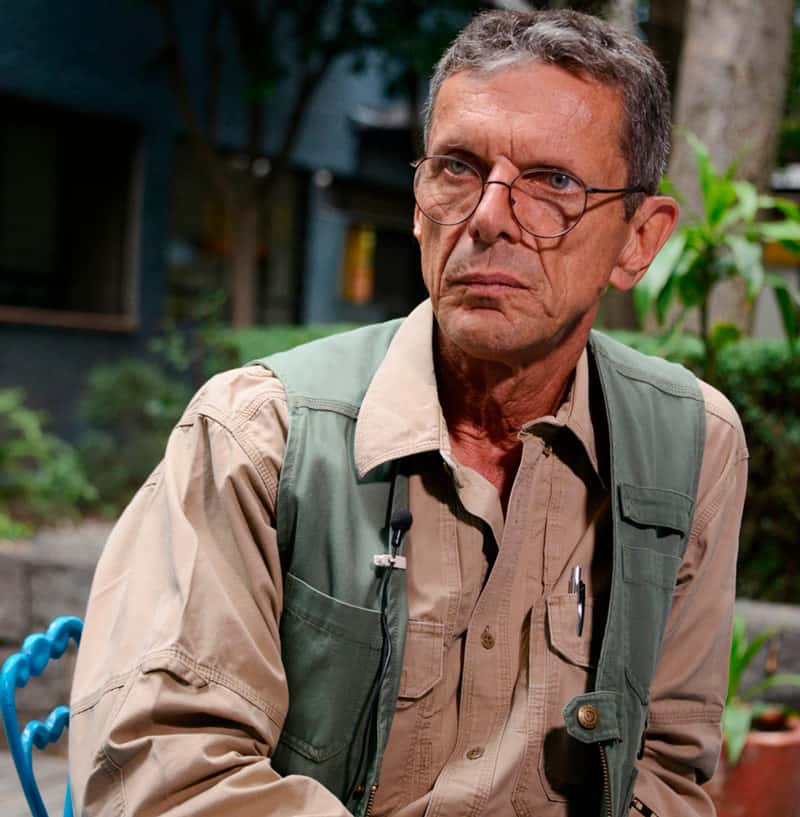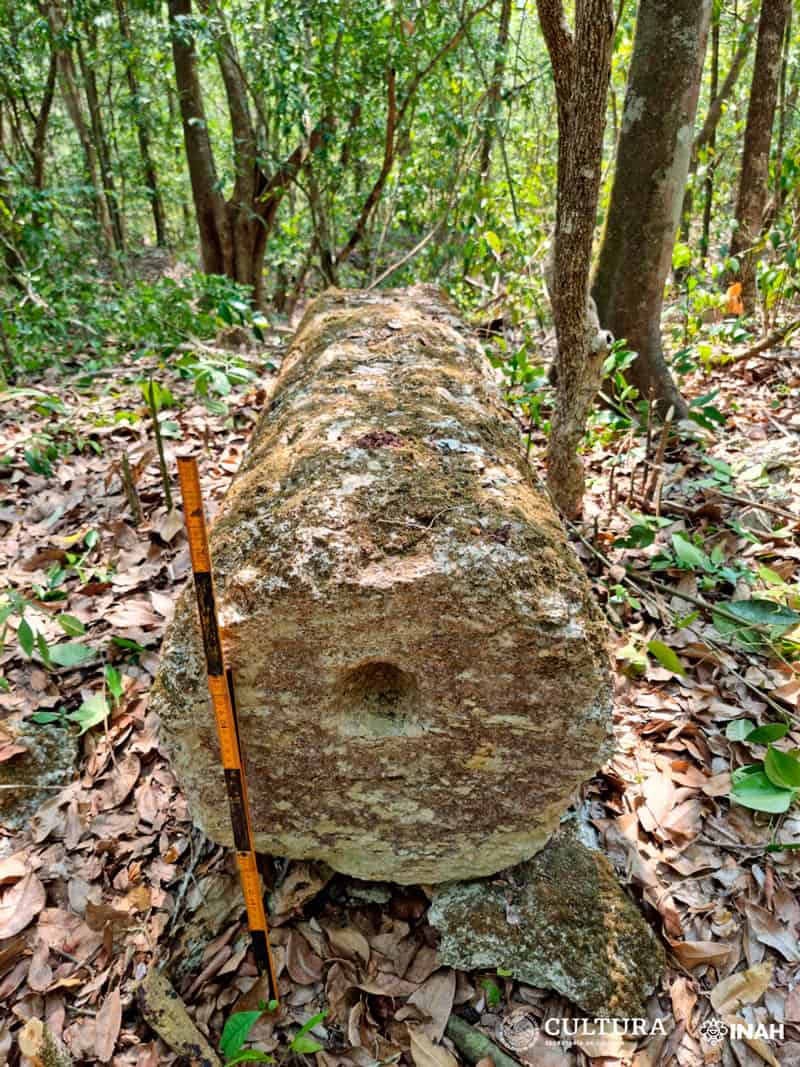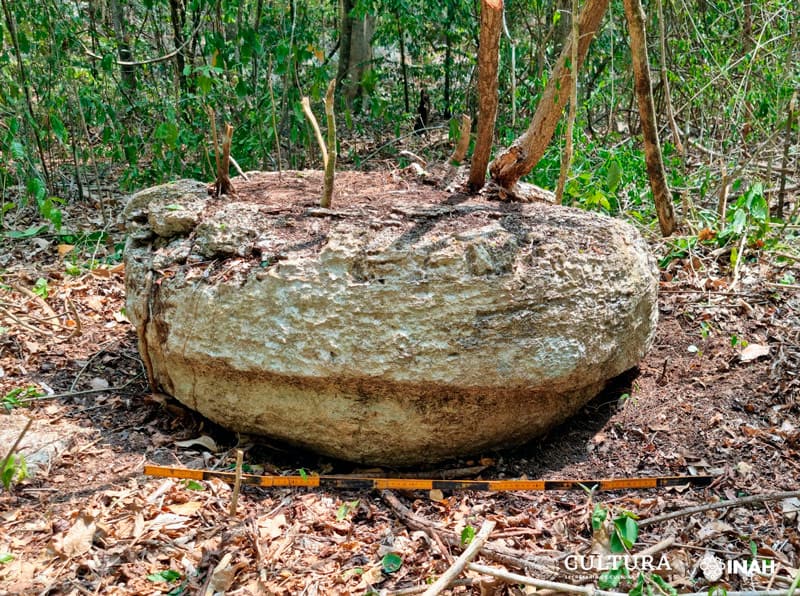Ancient Maya city discovered in Campeche

Fifteen-meter high pyramids, numerous cylindrical stone columns and a ball court are among the features of an ancient Maya city recently rediscovered amid jungle in the southeastern state of Campeche.
The National Institute of Anthropology and History (INAH) announced the “discovery” of the “monumental site”, which has been named Ocomtún, which means “stone column” in the Yucatec Mayan language.
The pre-Hispanic city is located within the Balamkú ecological reserve in the municipality of Calakmul.
A team of researchers led by Slovenian archeologist Ivan Šprajc reached the site by traversing 60 kilometers along logging paths covered with thick vegetation, INAH said in a statement issued Tuesday.
Prior to their expedition, experts from the University of Houston’s National Center for Airborne Laser Mapping (NCALM) used the laser surveying method known as LiDAR (light detection and ranging) to scan the area where Ocomtún was located.
NCALM’s images were of “great assistance” to the researchers as they indicated the “probable” presence of “archaeological relics,” INAH said.

Šprajc, who is well known for his work at and study of Maya archaeological sites, said that the “the greatest surprise” on the recent exhibition in Campeche “turned out to be the site located on a ‘peninsula’ of elevated land surrounded by extensive wetlands.”
The “monumental core” of Ocomtún “covers more than 50 hectares and has several buildings of large dimension, including several pyramids over 15 meters high,” he said.
Šprajc said that “the site served as an important center at the regional level, probably during the Classic period,” which lasted from 250-1,000 AD.
Ceramics collected at the site appeared to be from the late Classic period of 600-800 AD, the archaeologist said, adding that an analysis of the samples would provide more reliable information about the occupation of Ocomtún.

Šprajc, who was quoted in the INAH statement, said that the numerous stone columns must have been part of entrances to upper rooms of the buildings that make up the ancient Maya city.
In the southeast of the site, there are three plazas, or squares, surrounded by “imposing buildings,” he said.
“Between the two largest plazas a group of several low and long structures stretches out, almost in concentric circles. There is also a ball court,” Šprajc said.
A calzada, or road, connects the buildings in the southeast of the site to the northeast of the ancient city, where the “most voluminous” structure is located. Šprajc described the building as an approximately 10-meter high rectangular “acropolis” with sides measuring 80 meters. Atop the northern part of the structure is a pyramid, its apex 25 meters above land.
Šprajc also said that “construction elements” removed from buildings at Ocomtún were found in places of worship within courtyards and plazuelas (small squares) at the site.

Their removal reflected “ideological and population changes in times of crisis that finally, by the 10th century, led to the collapse of the complex socio-political organization and the drastic demographic decline in the central Maya lowlands,” he said.
The archaeologist also noted that he and his team explored structures similar to those at Ocomtún in an area extending to the La Rigueña River. Various groups of structures were found, “which in some cases include a ball court and central altars in others,” Šprajc said.
Some of those structures might be markets or “spaces used for community rituals,” he said, adding that future investigations will be required to determine their function.
The laser mapping and exhibition that led to the re-discovery of Ocomtún were carried out as part of an INAH project called “Ampliando el panorama arqueológico de las Tierras Bajas Centrales mayas” or “Broadening the Archaeological Panorama of the Central Maya Lowlands.”
“The initiative seeks to increase knowledge of a vast area practically unknown to archaeology,” INAH said, noting that the uninhabited, jungle-covered 3,000-square-kilometer zone occupies the central part of the state of Campeche.
Among the other Maya sites in the Yucatán Peninsula state are Calakmul, Edzná and Becán.
Mexico News Daily
Source: Mexico News Daily

